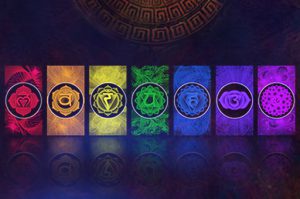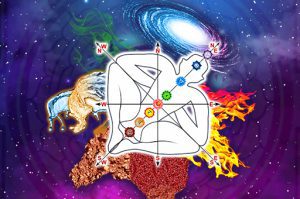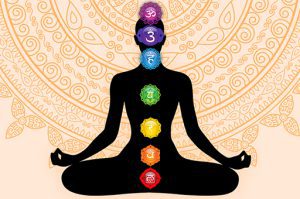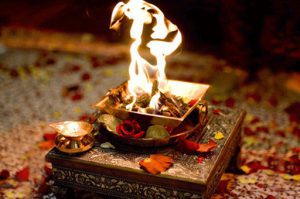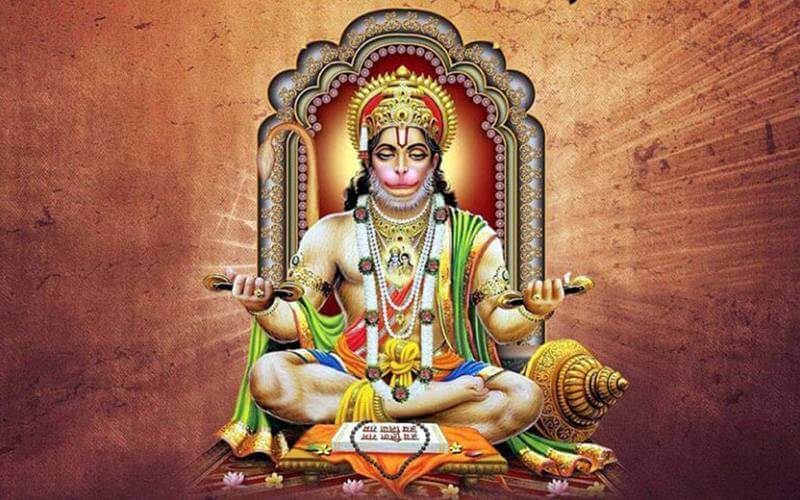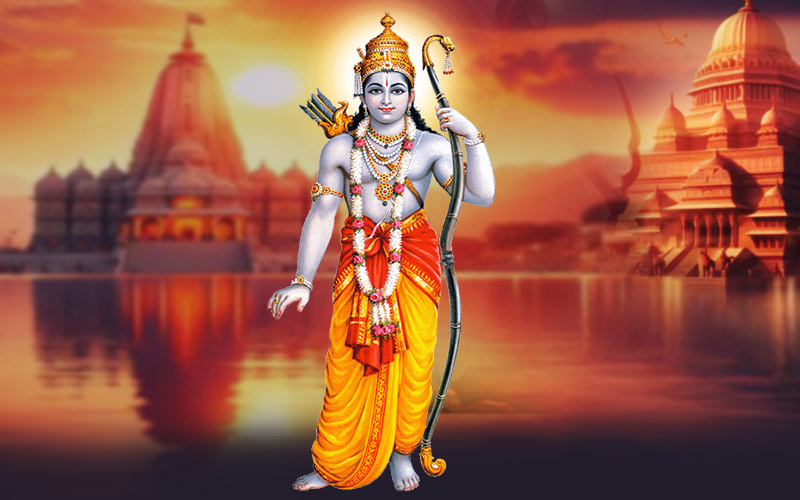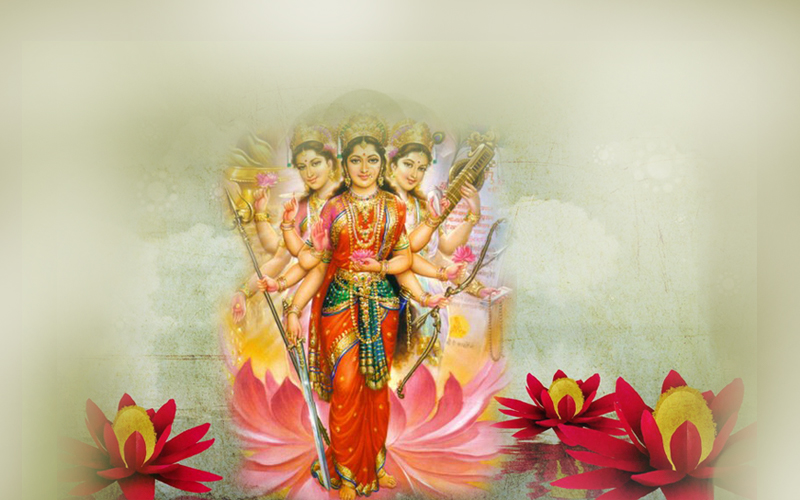
Our earliest association with the Divine is through our mother. The one who gives birth, gives us our body, our samskaras and who nurtures us through childhood into adulthood. It is no wonder that worship of the Divine Mother or Ma Shakti is an integral part of our culture.
The Markandaya Puran has the oldest known discourse on Shakti as the Supreme Truth and the primordial source of Creation. It celebrates Shakti is the divine feminine power, the nurturer of creativity and prosperity on earth. Shakti is the consort of Shiva in the divine play of creation, sustenance and destruction. Together Shakti and Lord Shiva symbolise a unique state of balance as the cosmic feminine and masculine energy. Both are incomplete without each other and are present in equal, but complimentary natures. If sun is the soul, then its light is Shakti. If Soul is the identity, then the material manifestation of that identity is Shakti.
In creation, Devi abides in all beings in the form of Cosmic Consciousness. She pervades in all beings as Intelligence, as Kindness and Contentment. Devi also abides in all beings in form of Mother and as our Higher Self. Although we have known Ma Shakti in some form or another in our lives, She is the most difficult to know. The Devi Mahatmaya states: Yaa Devii Sarva-Bhutessu Bhraanti-Ruupenna Samsthitaa. The Goddess is hard to know because she also abides in all beings as Delusion.
Our worship of the Divine Mother underlines our need to know the true nature of Devi, who is present within all of us, but lies dormant. Navratri is the time to awaken this dormant Shakti or cosmic feminine energy within ourselves. It is only through redirecting our thoughts towards the Divine that we can be fully awakened to the discretion of right and wrong, good and the evil. To create a humane world and better society, we need to strike a balance between Shiva and Shakti. To strike this balance it is mandatory to awaken the Maa Shakti within us.
“Navratri” signifies the opening of nine doors of delusions and reaching the tenth, which is the ‘dasham dwar’ – the divine eye, the door to go within. This divine door can be entered only through divine knowledge – Brahma Gyan. But how do we get there? The word “asur” refers to one who remains engrossed in Tamasic tendencies of the mind, in inertia, ignorance and darkness. Such a Mahishasur is present in all of us. Sometimes he takes control over our internal Divine qualities. It is essential to perform Shakti puja in the nine days of Navratra.to become free from this trap of Mahishasur. This inner victory is celebrated on the day of Dashami and is called Dussehra. During Navratri, practice your sadhana and purify your inner nature. This is the most auspicious time in the year for Mother-worship. Read Durga Saptashati or Devi Mahatmya. Do the japa of the Mantra of Devi. Perform formal worship with purity, sincerity and devotion. The Divine Mother will bless yon with knowledge, peace and joy that knows no end.


